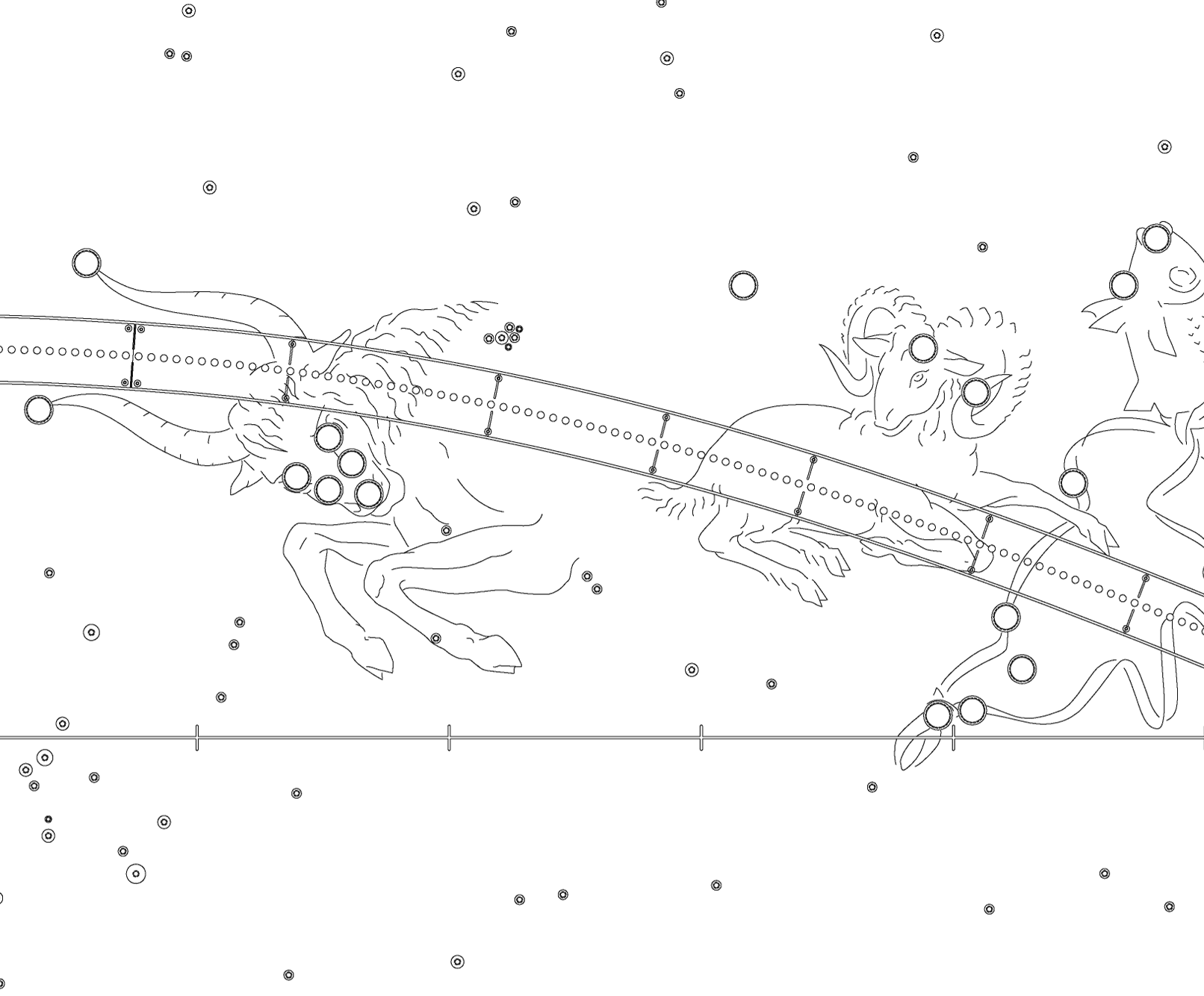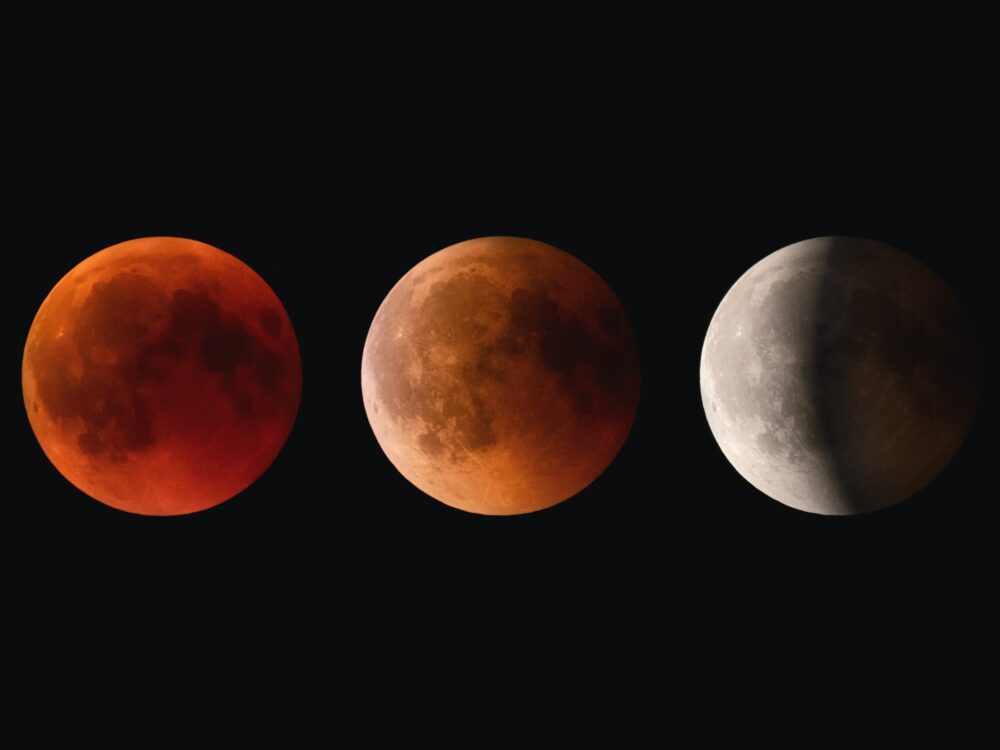What's in the Sky
The sky we see is always changing. The Sun, Moon, planets, and stars rise and set each day as the Earth rotates. They also change their relative positions in the sky depending on the time of the month or year. We can predict their motions and know where to look. Less frequently, but just as predictably, are the changes of season, meteor showers, and eclipses. And comets appear periodically, some right on schedule, some for the first time. For each object, you can check when to observe.

We can predict their motions and know where to look. Less frequently, but just as predictably, are the seasonal changes, meteor showers, and eclipses. Comets appear periodically, some right on schedule and some for the first time. For each object, you can check information below to see when and where to observe.



The Moon
Over the course of a month, we can watch the phases of the Moon change from full to new and back to full again. Each night, the Moon looks a little different.

The Sun
Each day, the Sun appears to rise in the East, travel across the sky, and set in the West. In fact, the Earth is actually turning on its axis, which causes the apparent movement of the Sun.

Seasons
Earth experiences four seasons: spring, summer, fall, and winter. This happens because our planet is tipped on its axis and the two poles point to the same directions in space all year.

Eclipses
People have always paid attention to eclipses. Before they knew what was happening, people feared eclipses because the ever-present Sun or Moon would suddenly disappear. Though we now understand why eclipses occur and can predict them precisely, they are still compelling to observe.

Planets
When people have looked up at the sky, they have noticed five planets visible to the unaided eye: Mercury, Venus, Mars, Jupiter, and Saturn. These “wanderers” were notable because they changed position relative to the background stars. Ancient peoples did not know what the planets were, but they knew they were significant.

Comets
Comets are among the oldest objects in the solar system. Composed of rock and ice, they generally go around the Sun in narrow elliptical orbits which may stretch well beyond the orbit of dwarf-planet Pluto. Most of the time comets are too small to be seen, but that changes as they approach the Sun when they can become quite spectacular.

Meteors
Meteor showers occur annually or at regular intervals as the Earth passes through the trail of dusty debris left by a comet. Meteor showers are usually named after a star or constellation that is close to where the meteors appear in the sky.

Weather and Tides
The Canadian Meteorological Center has a Clear Sky Chart that forecasts cloud cover and sky transparency for Griffith Observatory (and Los Angeles) observing. You can also check Los Angeles weather and tidal information.

Satellites
Thousands of satellite orbit the Earth. Some of them can be seen from the ground when they reflect the Sun’s light. Learn more about artificial satellites, including the International Space Station. You can even watch a live view from the ISS.